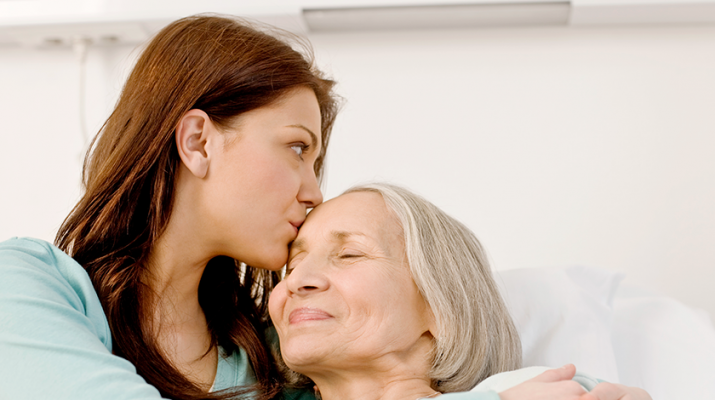Women — mostly married and employed — make up 66 percent of all those involved with informal caregiving
By Deborah Jeanne Sergeant

About 3 million caregivers provide a total of more than 2.6 billion hours of care to loved ones annually, an economic value of $32 billion, according to the New York Office for the Aging. The Family Care Alliance, a nonprofit based in San Francisco, states that an estimated 66 percent of caregivers are women.
The reasons behind the trend of women caregivers is manifold. Women tend to live longer than men. If it’s one spouse caring for another, it’s usually a wife caring for a husband. Family dynamics also trend toward women caregivers as many women shift from serving as the primary caregiver of the family’s young children to the caregiver of the older adults.
The average woman caregiver is married and employed. Dubbed the “sandwich generation,” women in this situation often feel stressed by the demands on their time, caring for their elderly relative — usually a parent or in-law — and their own children, plus work. You can get lawyers help with estate planning that can be quite useful for their family members.
Ironically, many dedicated caregivers who spread themselves too thin out of desire to provide optimal care end up in an emotional and physical state where they cannot provide the best care possible.
Women provide the majority of informal care to spouses, parents, parents-in-law, friends and neighbors, and they play many roles while caregiving: hands-on health provider, care manager, friend, companion, surrogate decision-maker and advocate.
Source: Family Caregiver Alliance, a nonprofit based in San Francisco.
Many caregivers provide about 20 hours of care weekly, equivalent to a part-time job, in addition to their actual jobs. A growing number of women care for more than one elderly relative, as people who have divorced and remarried may have numerous connections with older adults for whom they feel responsible.
Andrea Lazarek-LaQuay, a registered nurse and chief clinical officer with Nascentia Health (formerly known as VNA Home Care), said many don’t realize how much stress they bear.
She added that many have a hard time asking for help from friends and relatives and are unaware of what community-based resources are available to them.
“It becomes a very big balancing act,” she said.
Lazarek-LaQuay works fulltime and cares for a relative living with her who requires round-the-clock care. Hired help makes the situation workable, but she said even at work, she experiences stress ensuring all the bases are covered.
“If you can quit your job and stay home, you’re surrounded with it and you need stress relief, too,” Lazarek-LaQuay.
She copes by scheduling time each week to pursue hobbies and relax, and advises others in a caregiving role to do the same. A few hours to hike, play her instrument in the community band, and work out helps her feel refreshed in her care giving role.
Without this kind of planned break, caregivers face burnout or unhealthy coping mechanisms that ultimately can result in isolation, poor physical health, depression and substance abuse.
Elizabeth Weimer, caregiver services coordinator for Oswego County Office for the Aging, encourages caregivers to enlist other family members to assist in caregiving.
Caregiving help may be informal through friends as well, or through volunteer organizations or paid staff. Perhaps a family friend could take over driving duties to one or two appointments a month or sit with the person receiving care for a few hours.
In-home respite can provide a companion who performs light housekeeping if the care recipient lives alone.
“Hang in there,” Weimer said. “It’s a hard, hard thing. Reach out to other caregivers.”
For more caregiver resources, visit https://aging.ny.gov/Caregivers/Index.cfm or contact New York Connects at www.nyconnects.ny.gov, 1-800-342-9871.

